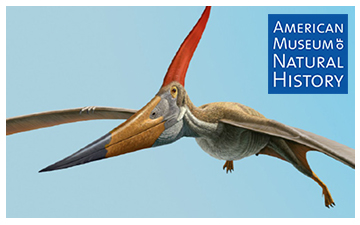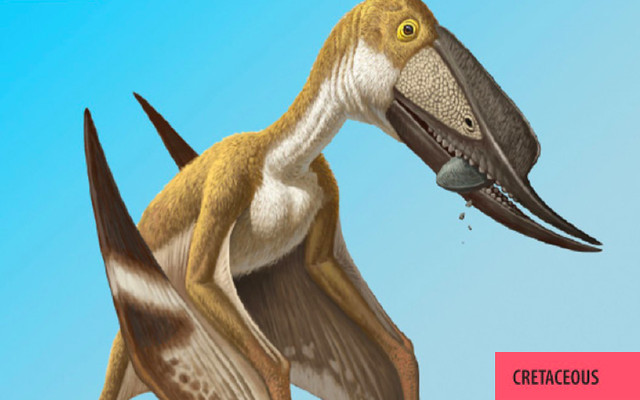Cards
(QUICK LINKS: Decks | plants | mammals | birds | | reptiles | fish | cephalopoda | insects | microbe | events
( scientist | project | modifier | technique |)

FOUR-TOOTHED WONDER MOSS
Tetraphis pellucida


2 POINTS
Image Description: Scanning electron microscopy (SEM) image of the sporangium, which has four teeth structures for dispersing spores.

LANTERN MOSS
Andreaea nivalis


3 POINTS
Image Description: Scanning electron microscopy (SEM) image of the lantern shaped spongium, which occurs during dry conditions – the optimal conditions for spore dispersal.

AMNH PTEROSAUR DECK
Home Card
Pterosaurs: The Card Game uses images and information from the vast collections of the American Museum of Natural History in New York City, especially the 2014 special exhibition Pterosaurs: Flight in the Age of Dinosaurs.

Anhanguera blittersdorffi
Anhanguera blittersdorffi


EXTINCT | 5 POINTS
Play: FLIGHT of 2.
Anhanguera means “Old Devil.” The bumps on the tip of its bill may have helped stabilize its head when snatching fish as they leapt out of the water!

Scaphognathus
Scaphognathus


EXTINCT | 4 POINTS
Play: FLIGHT of 1.
Scaphognathus means “fat snout” in Latin. It has been found in Germany and may have had a good sense of sight.

Dsungaripterus weii
Dsungaripterus weii


EXTINCT | 5 POINTS
Play: FLIGHT of 2.
Dsungaripterus was first found in China in the Junggar Basin. Its jaw was designed to catch and eat fish, but rather to dig up clams along the beach and crush them with its large flat teeth.